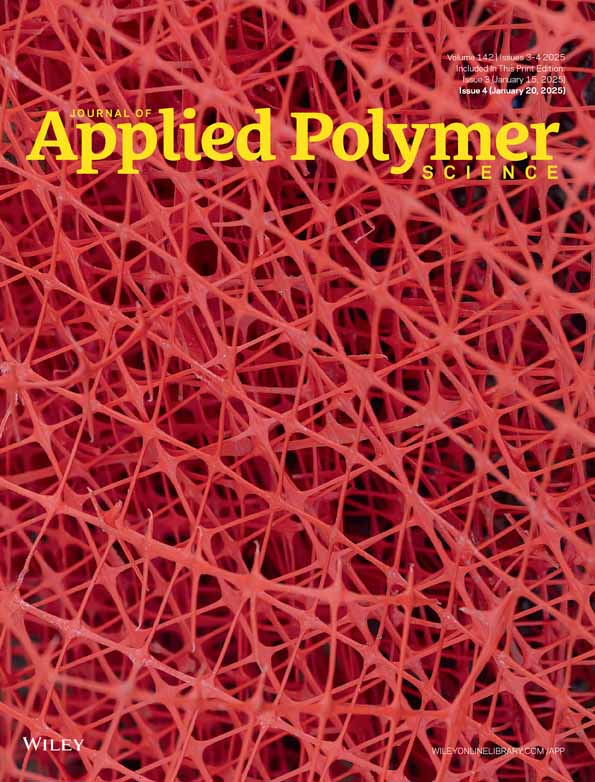Nanoencapsulation of creatine: Unlocking hydrophilic bioactive potential through double emulsification by solvent diffusion
Abstract
Nanotechnology has emerged as a pivotal tool in pharmaceutical research, driving the development of innovative techniques to enhance drug distribution within the body by finely tuning the biopharmaceutical properties of various drugs. Among these techniques, encapsulating biologically active substances in polymeric nanoparticles has garnered significant attention. However, achieving high encapsulation efficiency for hydrophilic molecules remains a formidable challenge, despite their growing importance in treating diverse diseases such as cancer, where nucleic acids, peptides, proteins, and smaller hydrophilic molecules are key players. While some studies have reported improvements in encapsulating hydrophilic drugs, notable examples, like the solid/oil/water ion-pairing method and the use of calcium phosphate, have shown promise in enhancing encapsulation efficiency for different drugs. Nonetheless, the challenge of preparing aqueous core nanoparticles capable of encapsulating a high percentage of water-soluble actives persists. Creatine monohydrate, a bioactive compound widely consumed by athletes for its role in increasing muscular phosphocreatine stores, presents an intriguing case. Despite its insolubility in organic media, creatine exhibits limited aqueous solubility, rendering it a suitable candidate for encapsulation in polymeric nanoparticles to improve its aqueous solubility and gastrointestinal absorption. In this study, we aim to produce polymeric nanoparticles containing creatine monohydrate utilizing the double emulsification (W/O/W) method. This promising and efficient approach holds the potential to significantly enhance the aqueous solubility and gastrointestinal absorption of creatine, thereby broadening its clinical application spectrum. Leveraging nanotechnology in this context offers an innovative and potentially impactful strategy to augment the therapeutic efficacy of creatine.
CONFLICT OF INTEREST STATEMENT
No potential conflict of interest was reported by the author(s).
Open Research
DATA AVAILABILITY STATEMENT
The data that support the findings of this study are available from the corresponding author upon reasonable request.




